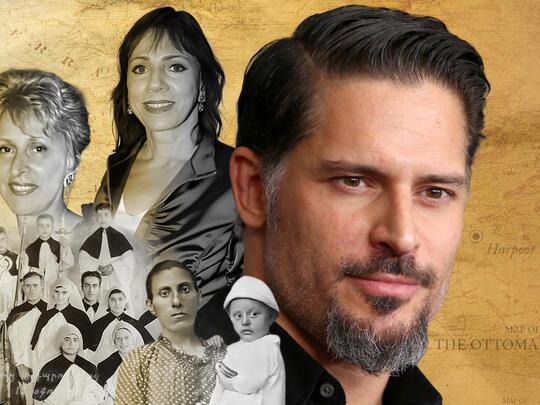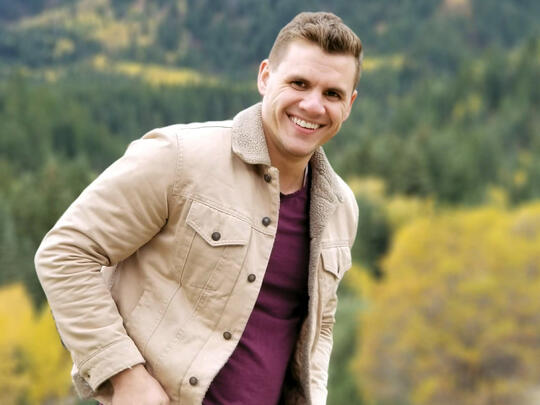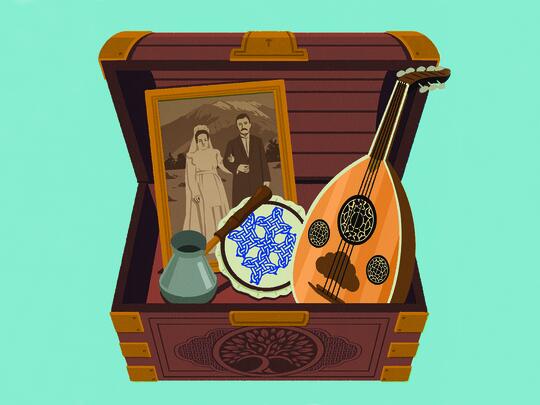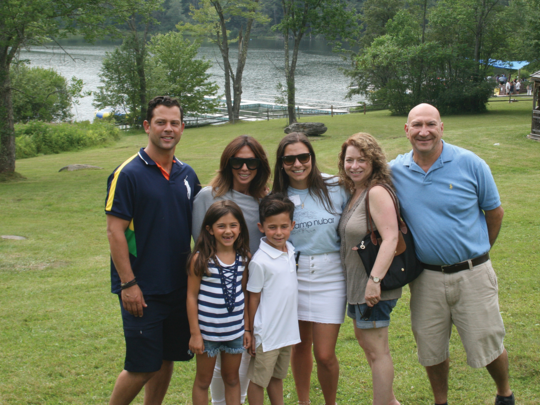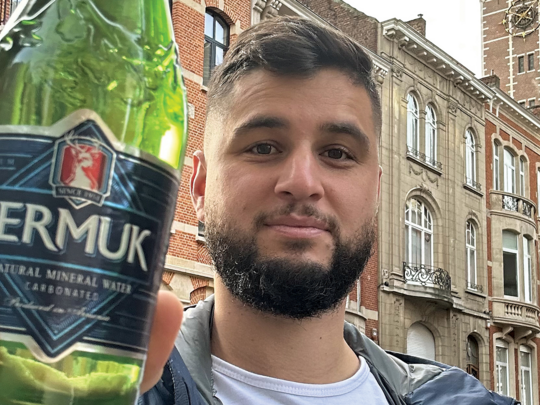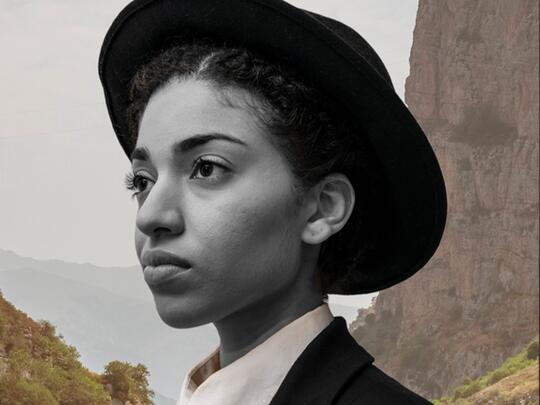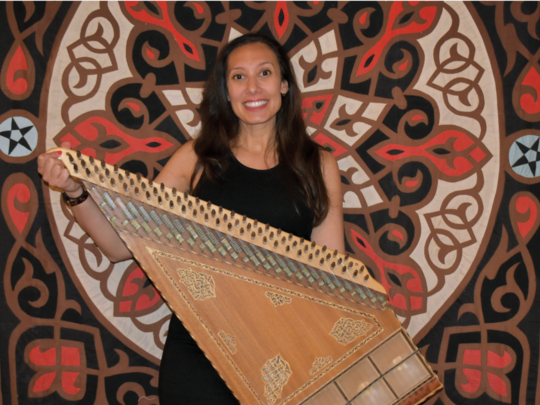Over the past century, the Armenian Apostolic Church in the Diaspora has stood at the center of Armenian community life, undergoing many changes to keep up with the times. Whether new waves of immigration, evolving lifestyles, revolutionary technologies, socio-economic trends, and world events—like the independence of the modern Armenian state—the Church has been challenged to stay relevant and meaningful to new generations while remaining true to its ancient Christian tenets, teachings, and traditions.
Fortunately, in each of the thousands of Armenian Church parishes around the world, there is always that cadre of the Armenian faithful, a dedicated group of believers who are actively doing their part to sustain and reinvigorate the church community. In their different capacities, they are laying the groundwork for parishioners, young and mature, to feel welcomed, embraced and enriched by the special brand of fellowship that keeps modern-day Armenians bonded to their ancient church. A small sampling of leaders and lay volunteers agreed to share their views about faith and identity against the backdrop of a demographically evolving Diaspora.
Starting with the clergy, we asked Reverend Father Avedis Kalayjian, the pastor of St. Mesrob Armenian Church of Racine, WI, for his views on assimilation and other factors influencing parish cultures. The son of the late Archpriest Vertanes Kalayjian, who pastored St. Mary’s Church of Washington, D.C., along with his wife Anahid for over 30 years, Der Avedis represents a new generation of Armenian married clergy. He was born in the United States, but given that his parents were Syrian Armenian immigrants, he muses about how he and his American-born wife have different perspectives on their Armenian identity. “If I were asked by a pollster or census taker, I would identify myself as an Armenian-American, but I grew up in a house believing that I was really an Armenian living in America. However, my wife considers herself an American of Armenian ancestry.” The father of two also attributes his understanding of Armenian Church community to his growing up in a large and dynamic parish with an ever-changing and expanding congregation, due to multiple waves of immigration.
Now, as pastor of St. Mesrob—which celebrated its 100th anniversary this year—Der Avedis is leading a flock that is effectively fully assimilated into midwestern American life. At the same time they cling to their Armenian identity in ways that are at once out of the mold yet true to tradition. He explains that of the nearly 300 parishioners of St. Mesrob, about 80 percent can trace their family back to one small city in present-day Central Turkey called Tomarza, including the five villages that encircled it.
Some parishioners would tell me, ‘Oh, I had no idea what was going on at my grandfather’s funeral, But now that I’ve heard it in English a couple of times, I can better appreciate it.
“St. Mesrob is so different from the parish that I grew up in,” he notes. “I would say that most of the current parishioners are scions of the church’s founders, which makes the parish a singleton in the Diocese.” And, I can tell you, that because of the depressed economic situation in Racine since the 1960’s, there has been less than five percent immigration. And those few who did come from afar either married into a family or have a cousin who has lived here for decades.”
Der Avedis goes on to say that he was recently reflecting on this phenomenon with a couple of fellow clergy, comparing how St. Mary Armenian Church in Washington, D.C. saw multiple immigrations in every decade. Moreover, its location in the nation’s capital attracts parishioners coming and going for work with the federal government or who have federal contracts, adding to the diversity of the community.
“Now that I have been in Racine since 2016, I can see the benefit to those waves of immigrations back home, but there’s an upside for St. Mesrob too. For one thing, there hasn’t been any kind of culture clashes, where established American-Armenians become territorial and struggle to accept cultural differences with the newcomers,” he points out, adding that this is a pattern with each successive wave of immigrants from countries like Turkey, Iran, Lebanon and Armenia.
He further compares and contrasts the differences. “Here in Racine, there is a long tradition of church community life —attending liturgy on Sunday, seeing folks you grew up with, because all their grandparents spent time together, their great-grandparents knew each other, and they all worked in the same auto and heavy equipment factories together before all the jobs were exported to China and other countries, turning Racine into a rustbelt city. There is a unique camaraderie at St. Mesrob’s. These close intergenerational relationships make it comfortable to worship together.”
He adds that despite many mixed marriages in the Diocese, where it is often not possible to get married in the Armenian Church, many still seek to have their children baptized in the Armenian rite. “Sometimes they have their child baptized out of respect to their parents. Or, they agreed before the marriage that since they made the sacrifice of not getting married in an Armenian Church, baptizing the children is a fair compromise. Others feel that the Armenian identity is implanted through the baptismal process, especially because of the Muron or Holy Oil, which originated in historical Armenia and therefore consecrated.”
He also mentions that less than five percent of the congregation speaks or understands Armenian, so aside from
the Divine Liturgy, which remains in Armenian, the sermons, readings and creed are delivered in English, as well as the morning service before the Divine Liturgy. Moreover, baptisms, funerals, and weddings mostly in English, thanks to an allowance made by the Catholicos in Holy Etchmiadzin for Diaspora parishes. “I know for sure that everyone appreciates that,” says Der Avedis. “Some parishioners would tell me, ‘Oh, I had no idea what was going on at my grandfather’s funeral, But now that I’ve heard it in English a couple of times, I can better appreciate it.’”
No matter where I am in the world, when I attend an Armenian Apostolic church and sing with the choir, the sense of familiarity, community, and connection makes me feel closer to my family and ancestors. Church is my home away from home.
Beyond perspectives from the clergy, there are insights to be found among the church laity like Lara M. Ciamician, Sunday School Co-Superintendent and Parish Council Secretary of the Armenian Church of the Holy Martyrs, located in Bayside, NY, and with a membership of over 400. If ever there was an example of non-Armenians immersed in Armenian life—perhaps more so than even their Armenian spouses—one can look no further than this dynamo with an overall optimism about the Holy Martyrs’ community. As mother of half Filipino-half Armenian twin boys and two daughters, Ciamician is on a mission to ensure that her four children receive the foundational Christian education that she received. These heavy responsibilities haven’t stopped her from extending her mission to the rest of the children enrolled in Holy Martyrs Sunday School.
“People would think I am partially Armenian and when I tell them that I am not they are incredulous. They say ‘you mean you are so involved in the Armenian church and you are not Armenian?’”
For Ciamician, it makes perfect sense. Raised in the Protestant church, where she taught Sunday School and served as a Youth Director, Ciamician’s parents were church leaders who instilled in her the idea that religious faith is one of the most important values to nurture. “I found that the Armenian and Filipino values and morals are very similar, so to me there was no difference. It was easy for me to meld into the Armenian church.”
Ciamician also notes that what children are exposed to in society today concerns her and her husband a great deal. “In addition to the home, the church is a place where they are taught to live a Christ-centered life surrounded by a supportive community. I married an Armenian, we were married at St. Vartan Cathedral and all four of our children were baptized at Holy Martyrs. Once our first born was old enough to attend Sunday School, that’s when I started my involvement.”
She also understands certain realities about the Armenian church community that she feels pose a challenge. “Society is more secular. Religion is less of a priority. Church attendance is declining. I feel one of my missions is to help make the church a place where families want to go to practice their faith, meet other families, and learn more about Armenian traditions and the culture.”
On the subject of multi-ethnic families, she has first-hand experience. “Many Armenians are marrying non-Armenians. If you look at Holy Martyrs, a great number of active members are the non-Armenians who married into the Armenian faith. The non-Armenians who are active have come to appreciate the uniqueness of the Armenian Christian tradition and they have taken it within themselves to value the culture, religion, and faith to pass these traditions to the children. Having said that, the challenge is the language and there are many resources out there to learn the Armenian language and traditions of the Armenian church. The more time you spend time in the Armenian church, you appreciate it more—the beauty of the ancientness.”
In addition to serving on the Parish Council and leading the Sunday School, Ciamician coordinates the church’s dance group and youth choir. Each month, the Sunday school schedules sermons geared to the children inside the sanctuary so they can experience first-hand the beauty and depth of the Divine Liturgy. “The youth are the product of today’s society and we need to make church more pertinent for them,” she states. It’s one more challenge that Lara Ciamician is ready to take on, supported by a grateful church community that embraces her as one of their own.
The non-Armenians who are active have come to appreciate the uniqueness of the Armenian Christian tradition and they have taken it within themselves to value the culture, religion, and faith to pass these traditions to the children.
Aside from youth education, one cannot overlook another dimension of church culture that unites the entire congregation in fellowship—the transcendent liturgical music, unique to the Armenian Apostolic rite. When performed by the church choir, combined with the rituals at the altar, a truly transformative and mystical experience is created.
Solange Merdinian, a resident of Miami, FL, is one such vocal talent who routinely travels to various Armenian Church parishes as a guest soloist. A recitalist, chamber musician and opera singer by profession, the Argentina-born Merdinian is internationally acclaimed for her versatility and interpretive talents. Her repertoire ranges from baroque to contemporary, folk, tango, cabaret, and world music. But there is something about the Armenian liturgical songs that brings special meaning to Merdinian, who says she feels fortunate for the opportunity to make a greater connection with her own identity as an Armenian Christian.
“Being a third generation Diasporan Armenian singing and growing up at church has definitely brought me closer to our culture—the music, the language, the art, rituals, food, and iconic historical figures like Komitas, among others—they all keep me connected to being Armenian. What’s more, the fact that Armenia was the first nation to accept Christianity as its official religion gives us insight into who we are as a people,” she explained.
Merdinian also remarked, “No matter where I am in the world, when I attend an Armenian Apostolic church and sing with the choir, the sense of familiarity, community, and connection makes me feel closer to my family and ancestors. Church is my home away from home.”
The picture of today’s Diaspora parishes would not be complete without hearing from AGBU Central Board member Haig Ariyan, the CEO of Arax Investment partners, and previous leadership roles at Deutshe Bank and Raymond James Alex. Brown. He brings a wealth of financial and management experience to the table as a member of the Diocesan Board of Trustees and is a former member of the Armenian Church Endowment Fund (ACEF) board and former chair of the ACEF Investment Committee and former board member of the St. Nersess Armenian Seminary. Ariyan combines his pragmatic and analytic skills with his spiritual predisposition to contribute to the church community in a variety of ways.
“Although I grew up in a local Armenian church family and my home is New York, I am inspired when I attend Badarak in Armenia, in Europe, in South America and even to some degree in California, where I am heartened to see that the liturgy is the same across the world,” says Ariyan. “Our ancient worship service is amazing to me, and I implore all Armenians to make it part of their life. For over 1700 years, the Armenian Church has been the pillar and foundation of the Armenian Nation. Rather than demand change and be swift to offer critiques, we should embrace the timelessness of the church with pride and appreciate the central role it plays in Armenian and Christian identity formation.
Ariyan also admits that while he believes his involvement has been of benefit to his community, the true beneficiary is himself. “Foremost in my contribution has been to raise my own children in our Church. I am confident it will play a role in their lives after I am gone. I also have tried to set an example for others to share their time and treasure with the Church. I am pleased to see so many of my contemporaries doing the same.”


